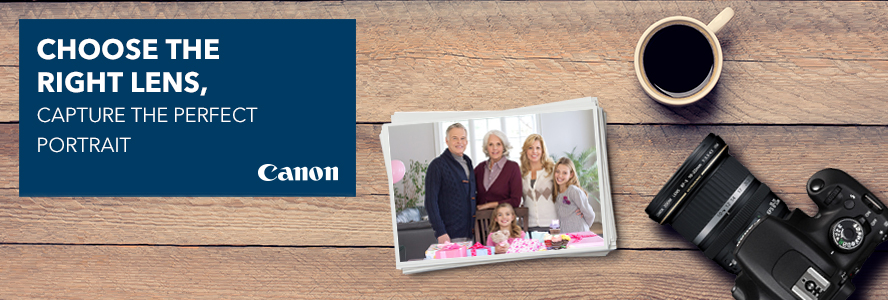
In the early days of photography, one of the most popular applications of the new technology was in the field of portraiture. Before photography the only way to have your likeness recorded for future posterity was through the painted portrait, which was obviously an expensive undertaking and thus reserved for the elite classes. When photography came along, portrait studios began to pop on main streets everywhere, and these studios put portraiture within the reach of whole swaths of society. They were hugely popular, creating beautiful tintypes, daguerreotypes, and cartes de visite.
Because of the popularity and commercial viability of portraiture, it became the driving force behind the development of new photographic processes and technologies. Indeed to this day taking pictures of friends and family remains one of the most popular reasons for using a camera.
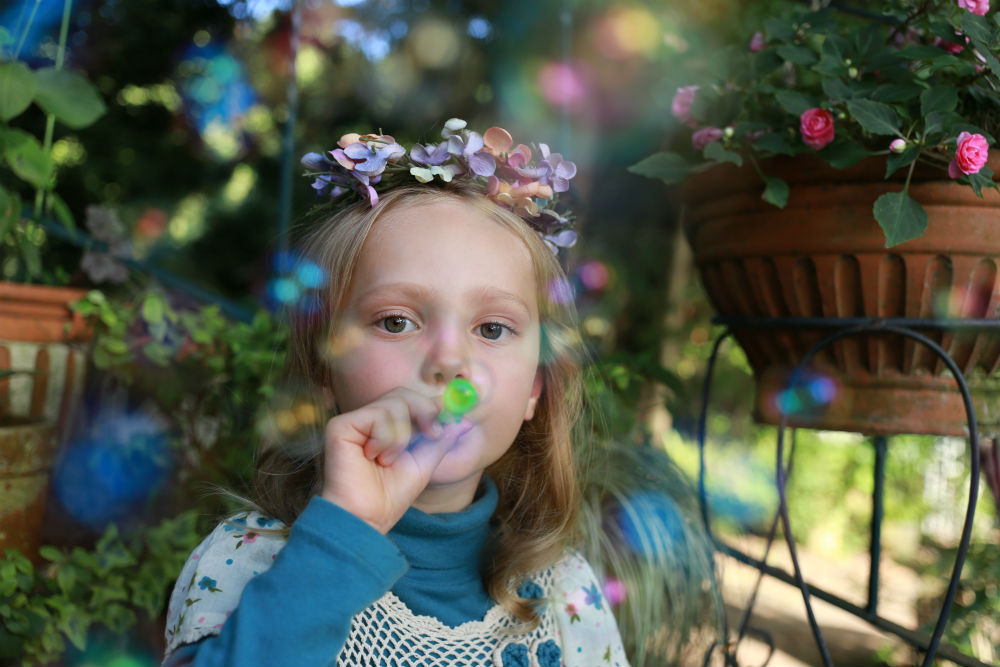 What Is A Portrait?
What Is A Portrait?
So just what constitutes a portrait? I would say that any photo in which a face or group of faces is the focus of the image is a portrait. I would also say that any photo in which the identity of the subject is known to the viewer is a portrait. So for example, a picture of a pianist’s hands, or a dancer’s legs, could be a portrait, especially within the context of a story or feature about that person. What about a photograph of a stranger on the street? I would say that is not a portrait, but a piece of documentary or street photography. If you approach that person and ask for permission to photograph them (a la Bandon Stanton of ‘Humans Of New York’ fame) then it becomes a portrait.
Today I’m going to offer you some advice on how to make better portraits, and also recommend some Canon lenses to help you do just that.
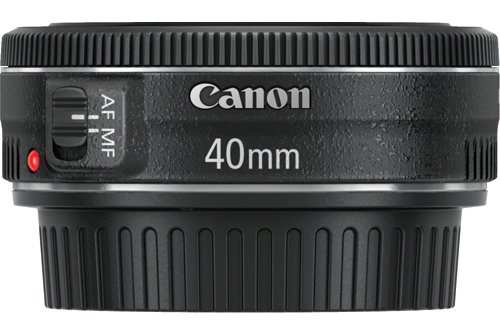 Prime Lenses
Prime Lenses
While the kit lens that comes with your camera is a great lens to start your journey with, if you want to make a big step forward in terms of image quality and lens performance, it’s definitely worth investing in a new lens. I regularly recommend my friends to consider a prime lens. Prime lenses have a fixed focal length, or to put it another way, they are not able to zoom like your kit lens. This may at first glance seem like a disadvantage, but I like to think of it instead as a simplification of the process. With a fixed focal length you have one less thing to think about when you’re shooting.
Sharper Images
The major advantage of prime lenses, however, is the image quality. Because they require less optical components, less pieces of glass, prime lenses produce sharper images with better clarity. They’re smaller in size too, which makes them easier to carry around. The Canon EF 40mm f/2.8 for example is the smallest lens that Canon makes, so small in fact that it’s known as a ‘pancake’ lens. Put this lens on the Rebel SL1, the world’s smallest and lightest DSLR, and you’ve got a portable package that can create images of truly professional quality.
Blurred Backgrounds
One of the favored techniques used by photographers to make compelling portraits is to shoot at wide apertures (which corresponds to a lower aperture number, 2.8 or less for example). The reason for this is that when you increase the width of the aperture you also reduce the depth of field, or the range of distances from the camera within which objects are in focus. Hence wider apertures tend to blur the background more and cause your subject to really pop. Note that in order for this to be effective there has to be a space between your subject and the background. If your subject has their back against a wall, then it will be difficult to put the wall out of focus, unless you get very close. The downside of wide apertures and narrow depths of field is that it can be more difficult to get your focus bang on.
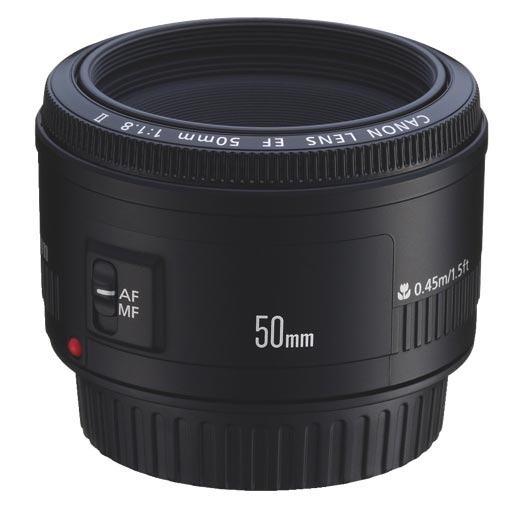 Get Wider!
Get Wider!
The aforementioned 40mm lens has a maximum (widest) aperture of 2.8, which is pretty wide, but not as wide as 1.8, which is what you get with the Canon EF 50mm f/1.8 II lens. This is a really great portrait lens, particularly when paired with one of Canon’s cameras carrying the APS-C sensor, like the rebel series or the 70D. Now admittedly it’s a lot bigger than the 40mm, but I would still consider the increased maximum aperture a huge benefit. Shooting at f/1.8 is a really enthralling experience!
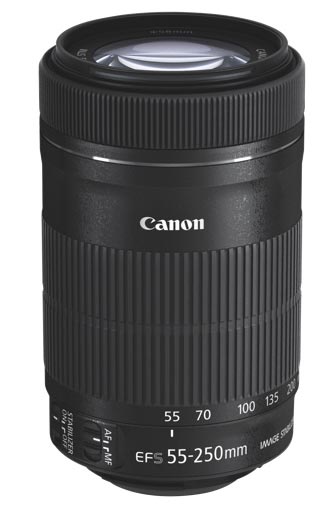 A Zoom Option
A Zoom Option
Now if you still want to have some zoom capabilities and you’re not overly concerned about the size of your lens, you might want to consider the Canon EF-S 55-250mm f/4-5.6 IS. This lens has a really great telephoto range, to the point that if you were trying to make a portrait at 250mm you might have to shout instructions at your subject, because they’ll be so far away!
Image Stabilization
The ‘IS’ stands for ‘image stabilization’ and this allows you to handhold the camera at much lower shutter speeds than would normally be possible without seeing some camera shake. The rule of thumb I use is that the shutter speed should be no less than twice the focal length. So for example, if you’re shooting at 150mm then the shutter speed should be no less than one 300th of a second. The 55-250mm lens offers 4 stops of image stabilization, which means that at 200mm for example, instead of needing to shoot at one 400th of a second, you can actually get shake-free images at one 25th of a second. That’s impressive.
Blurred Backrounds With Telephoto Lenses
In terms of shallow depths of field, despite the fact that the 55-250mm lens has a maximum aperture somewhere between 4 and 5.6 (depending on the focal length), it is possible to get nicely blurred backgrounds. What you need to do is shoot at the maximum aperture and a focal length of 100mm or greater, and make sure there’s a decent space between your subject and the background. You might have to use a manual mode (I like Aperture Priority), to do this, but this is just another reason why you should learn how to use manual controls, especially if you want to become a respected portrait photographer!



